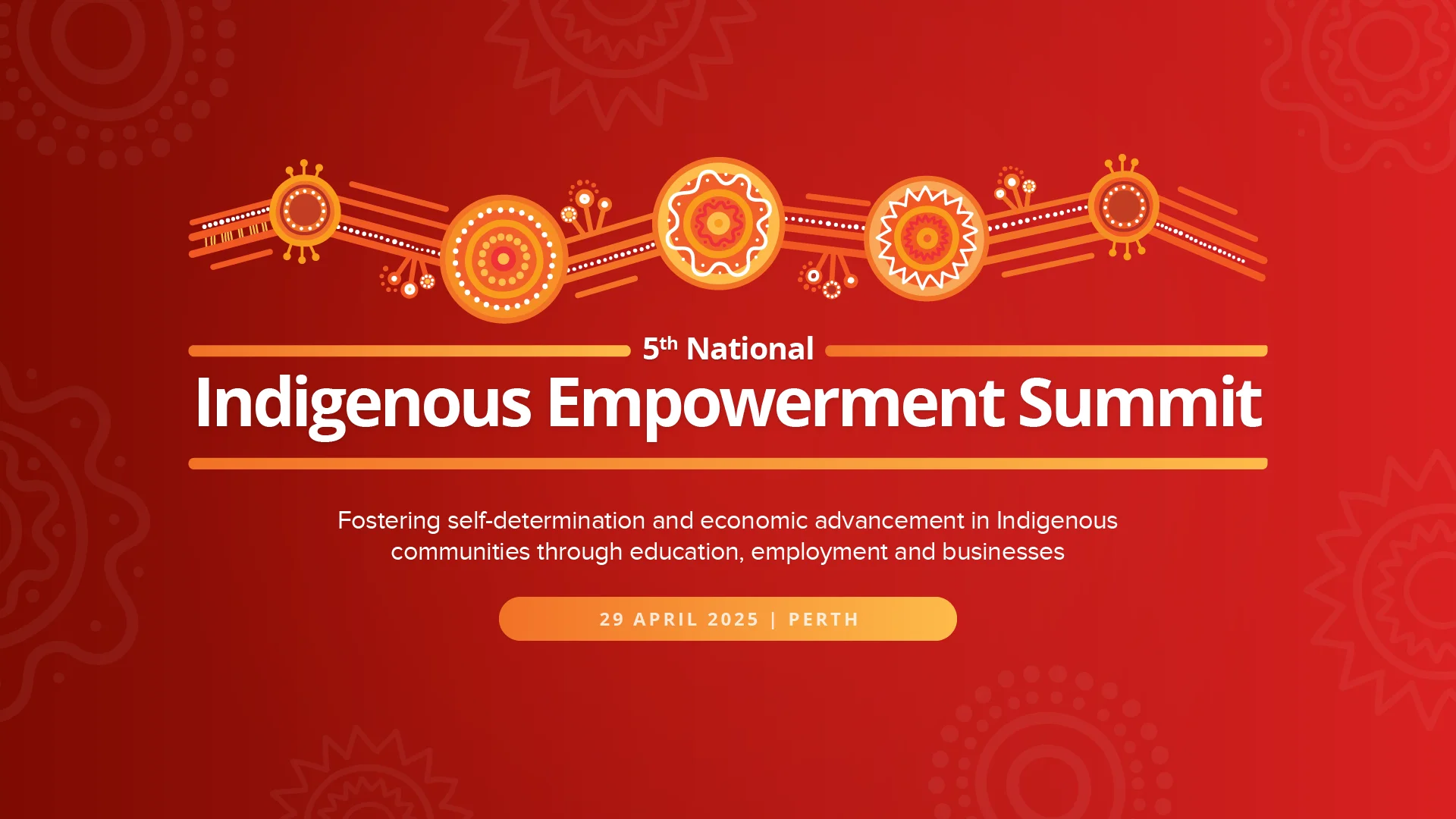The cost of living crisis currently gripping Australia is no doubt going to be at the top of many family’s minds this year. As families seek ways to make each dollar go further, some are even finding themselves in a position where they have to ask for help for the first time ever. According to Foodbank Australia, more than 23% of households fall into the category of severely ‘food insecure’, with 77% of those households citing the rising cost of living as the biggest reason for their hardship.
It’s a new degree of financial pressure that is simultaneously being felt by organisations and individuals working in the charity sector. A cost of living crisis is a double-edged sword for charities – it means more people are likely to be struggling, and in need of their services – as evidenced by those seeking help for the first time ever. However, there may not be enough funding to meet the increase in demand, as people redirect their household finances away from discretionary charitable giving.
With donations to charities at risk of slowing at a time when they are needed more than ever, there are several practical ways Australians can consider giving, without breaking the bank.
Embedding philanthropic giving into the everyday
Australians are truly generous people. Australia was ranked as the fourth most generous country among 119 countries in 2022 with five in six Australians making a financial donation to a charity. Something I often hear is that people want to give, but they also want to be sure their donations are making a difference, especially when they are faced with limitations such as reduced household budgets.
While big donations from high-profile philanthropists and business leaders may grab headlines, it’s the accumulation of small donations that make the work of many community organisations possible. There is an unfair perception that small financial donations, or donations of time, goods or skills are not as effective or desirable as large monetary sums when this is simply not the case – particularly for grassroots charities, who rely on and value contributions in all forms.
Over the past 10 years, collective giving movements have grown in popularity, creating new opportunities for individuals to pool resources, knowledge and networks to achieve amplified impact. At The Funding Network, we create an environment where people can learn about compelling causes and unite resources – whether that be money, time or skills. Every donation – big ($10,000) and small ($50) – is celebrated and we also showcase non-monetary opportunities to support social change.
Regular giving is critical to many charities, providing a consistent and predictable revenue stream. It can also be more accessible to people in times of financial strain. A $10/month donation to your favourite cause can in fact be more valuable than a one-off donation of $120.
If you are feeling the pinch from a monetary position, consider how you can give in different ways. The value of donating high-quality goods – like clothing, furniture, books and more – should not be overlooked. Both skilled and unskilled volunteers are in high demand and are essential to many charities.
So, what can I do?
It’s as simple as taking a bit of extra time to make every dollar you spend go a bit farther. Buy your flowers from a social enterprise that employs migrant women. Gift some clothes from a shop where profits go towards ending youth homelessness or buy greeting cards from a woman-led micro business. When you are able to eat out, go to a cafe that provides training and employment opportunities to young people with disabilities. Stay at a social enterprise hotel over the holiday period. And if there is a cause you are passionate about, consider making a small monthly donation or rounding up your bill during your next grocery shop.
It may require a little more thought than heading to the mall or Amazon, but finding better ways to spend your precious dollars can have a real impact.












